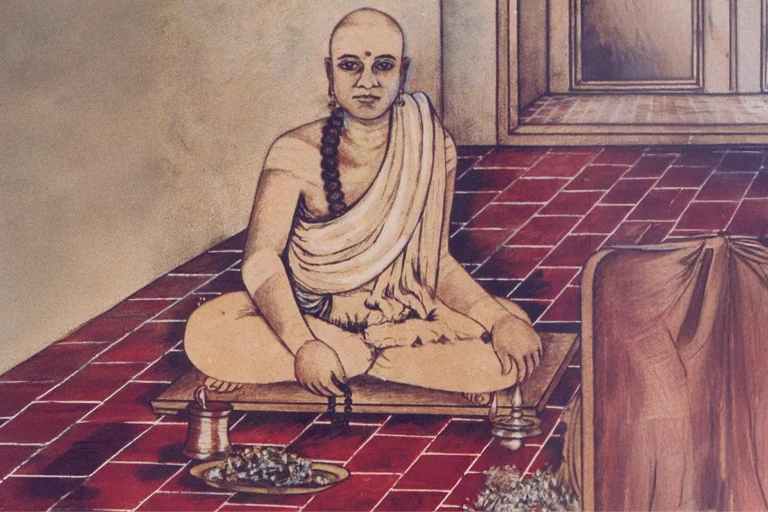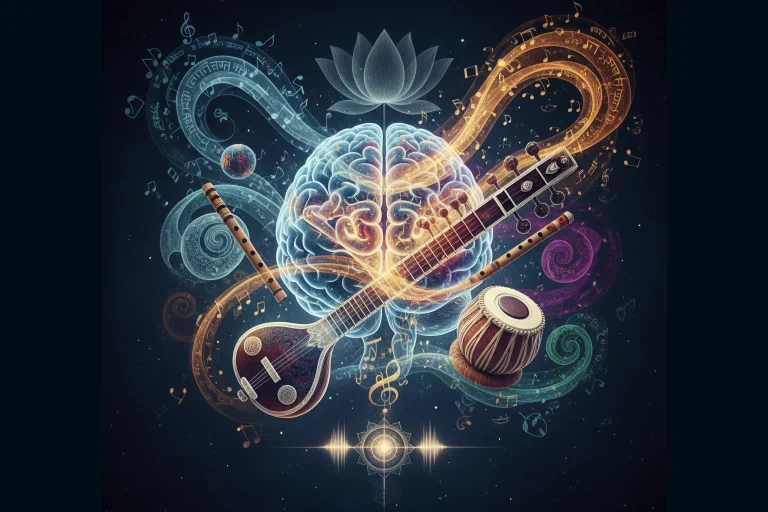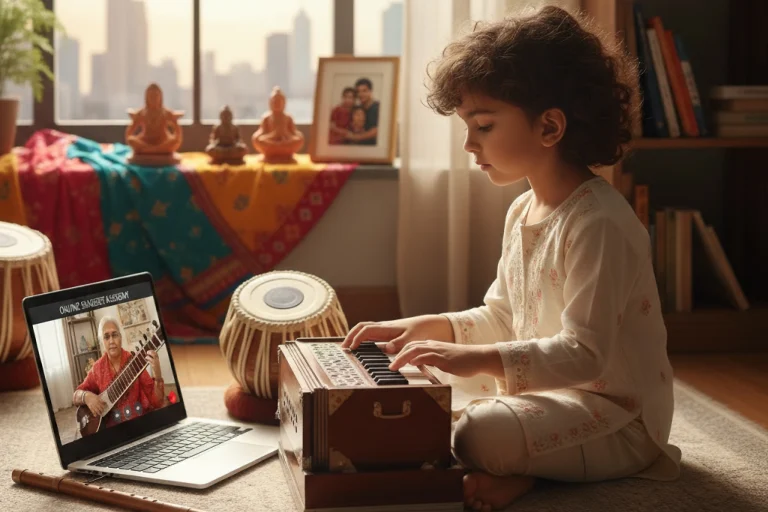All Topics
- Alchemizing Music Concepts for Students
- Artist Spotlight
- artium gift card
- Artium Maestros
- Artium News
- buying guide
- Carnatic Music
- Devotional Music
- Editorials by Ananth Vaidyanathan
- Film Music
- Guitar
- Hindustani Classical Music
- Indian Classical Music
- Indian Folk Music
- Insights
- Instruments
- Karaoke Singing
- Keyboard
- Kids Music
- maestros
- Music Education
- Music for Kids
- Music Industry
- Music Instruments
- Music Legends
- Music Theory
- Music Therapy
- Piano
- piano guide
- Success Stories
- Tamil Film Music
- Telugu Film Music
- Time Theory
- Tools
- Uncategorized
- Vocal Singing
- Vocals
- western classical music
- western music
- Western vocal music
How Many Gharanas Are There in Indian Classical Music?
How Many Gharanas Are There in Indian Classical Music?

Table of Contents
At Artium Academy, we believe that to have a greater understanding of music, one must know its roots and Indian classical music has a vibrant history to prove it. For a newbie student, an aspiring musician or a parent looking to enrol their kids to learn classical music, the world of Gharanas is the most important topic. It is taught at most music schools as it has influenced Indian classical music over the centuries. It is no less than discovering a valuable treasure trove of traditional techniques promoting artistry. Let us dive into the enchanting world of Gharanas!
So, What is a Gharana?
Gharana means lineage, style, or tradition of Indian classical music, passed on through generations. The word comes from the Hindi word ‘Ghar’ which means house. Every Gharana introduces its unique representation and style to the rich landscape of Indian classical music, impacting every step, from raga execution to taal handling techniques, and approaches!
Gharana is not just about techniques or tools; it is a lifestyle. Historically, the masters of each Gharanas have been strict in their training, passing down technical details and a vast knowledge and value system to their students on how music should be approached. By learning these, students are not just learning Indian classical music, but they become a part of the world of Gharanas.
Indian classical music consists of Hindustani classical music (North India) and Carnatic classical music. However, Gharanas are particular to Hindustani classical music, which we’ll focus on in this blog.
Major Gharanas in Hindustani Classical Music
Every Gharana brings its perspective to Indian classical music. Listed below are some of the prominent Gharanas and their distinct styles you’ll come across when you learn classical music:
1. Gwalior Gharana
The Gwalior Gharana is the oldest and one of the most influential Gharanas in Indian classical music. Gwalior Gharana is known for ‘khayal’ singing and stresses each raga’s pure, simple expression. It has been kept simple, and the Gayaki is really well depicted here in thumri style with folk undertones. In Gwalior Gharana, the focus shifts to melodic improvisation rather than complex ornamentations, making for an excellent starting point for students interested in taking Indian classical music lessons.
Founders: Ustad Hassu Khan and Ustad Haddu Khan
Famous Musicians: Pandit Krishna Rao Shankar, D.V. Paluskar
2. Agra Gharana
The Agra Gharana is known for its solid and effective vocal techniques that have the power to connect with its audience. The Agra Gharana places great importance on the intricacies of layakari (rhythmic play). Known for its dramatic expressions, Agra Gharana is a must-learn style of Indian classical music if your goal is to build a voice with vocal strength and depth.
Founders: Haji Sujan Khan and Ustad Ghagghe Khudabuksh
Top-Notch Artists: Ustad Faiyaz Khan, Vilayat Hussain Khan
3. Kirana Gharana
The Kirana Gharana values the swar (note) above all and seeks to perfect every octave note’s pitch and emotional impact. This Gharana is deeply involved with each note’s direct, skilful articulation, so it appears as an entire universe of emotion. Since it heavily focuses on internal aspects like ornamentation and the purity of notes in a raga, the Kirana style is ideal for students who want to master these nuances while delving into Indian classical music.
Founders: Ustad Abdul Karim Khan and Ustad Abdul Wahid Khan
Famous Artists: Pandit Bhimsen Joshi, Gangubai Hangal
4. Jaipur-Atrauli Gharana
Known for complex taans, the Jaipur-Atrauli Gharana was established by Alladiya Khan and emphasises the khayal style, where vocal and instrumental techniques showcase ornamentation and rhythmic depth. This Gharana is ideal for serious students aiming to master intricate musical compositions within Indian classical music.
Founder: Ustad Alladiya Khan
Notable Artists: Kesarbai Kerkar, Kishori Amonkar
5. Patiala Gharana
Recognised for its expressive and lively khayal singing, the Patiala Gharana was founded by Ali Baksh Khan and Fateh Ali Khan. It blends classical and folk elements, making it perfect for those who enjoy folk and Indian classical music. This style includes vibrant vocal runs and elaborate notes, echoing the richness of Punjabi folk music.
Founders: Ali Baksh Khan and Fateh Ali Khan
Notable Artists: Bade Ghulam Ali Khan, Ajoy Chakrabarty
Gharanas in Instrumental Music
Though often associated with vocal music, instrumental Gharanas also hold significant influence, establishing distinct styles in technique composition and crafting unique approaches to Indian classical instruments.
Sitar and Sarod Gharanas
– Etawah Gharana: Known for its intricate meends (sliding techniques) and refined note patterns, the Etawah Gharana emphasises a fluid, expressive style for the sitar.
– Maihar Gharana: Established by the iconic Ustad Allauddin Khan, the Maihar Gharana incorporates techniques from various instruments, blending Hindustani and Carnatic elements for a versatile style.
Tabla Gharanas
Lucknow Gharana: Known for its elegance, it emphasises graceful hand techniques and intricate fingerwork.
Delhi Gharana: Celebrated for its simplicity and rhythmic clarity, the Delhi Gharana remains popular with beginners in Indian classical tabla.
How Gharanas Evolve Over Time
As newer musicians bring contemporary ideas into traditional Gharanas, they become more flexible, adapting to innovative styles. Today’s musicians can access various Gharanas, thanks to global platforms resulting in cross-style collaborations and fusion genres. At Artium Academy, we see this as a promising change for Indian classical music, allowing students to learn in a way rooted in tradition, yet open to modern expression.
The digital world allows students worldwide to dive into different Gharanas, helping the next generation create music that blends tradition and contemporary styles. With each Gharana standing out uniquely, Indian classical music remains dynamic and ever-evolving—a true inspiration for any budding musician.
Conclusion
Our mission at Artium Academy is to bring the essence of Indian classical music culture to the world. Through understanding Gharanas, students gain techniques, values, discipline, and creativity that make Indian classical music a timeless expression. Here’s why Artium stands out in making your musical journey exceptional:
- Experienced Faculty: Our academic experts are professionals with diverse experiences across various Gharanas, bringing authenticity and depth to your learning.
- Custom Classes: Students can learn vocals, instrumentals, or their favourite Gharana through 1:1 sessions.
- Access from Anywhere: Learn Indian classical music globally through our online platform, connecting with over 20,000 students and professional musicians.
- Ongoing Help: Our structured programs and supportive faculty encourage students to progress confidently, mastering each step before moving on.
Gharanas are an exploration of Indian classical music. Every Gharana’s unique style, technique, and philosophy blend into the vibrant medley of Indian classical music, connecting us to centuries-old musical heritage. At Artium Academy, we welcome you to embark on this journey with us, bridging traditions while shaping your unique musical voice.
Whether inspired by the Patiala Gharana or the rich rhythmic layers of Agra, Artium Academy is with you at every step. Let’s keep the tradition of Indian classical music alive, one note at a time.






